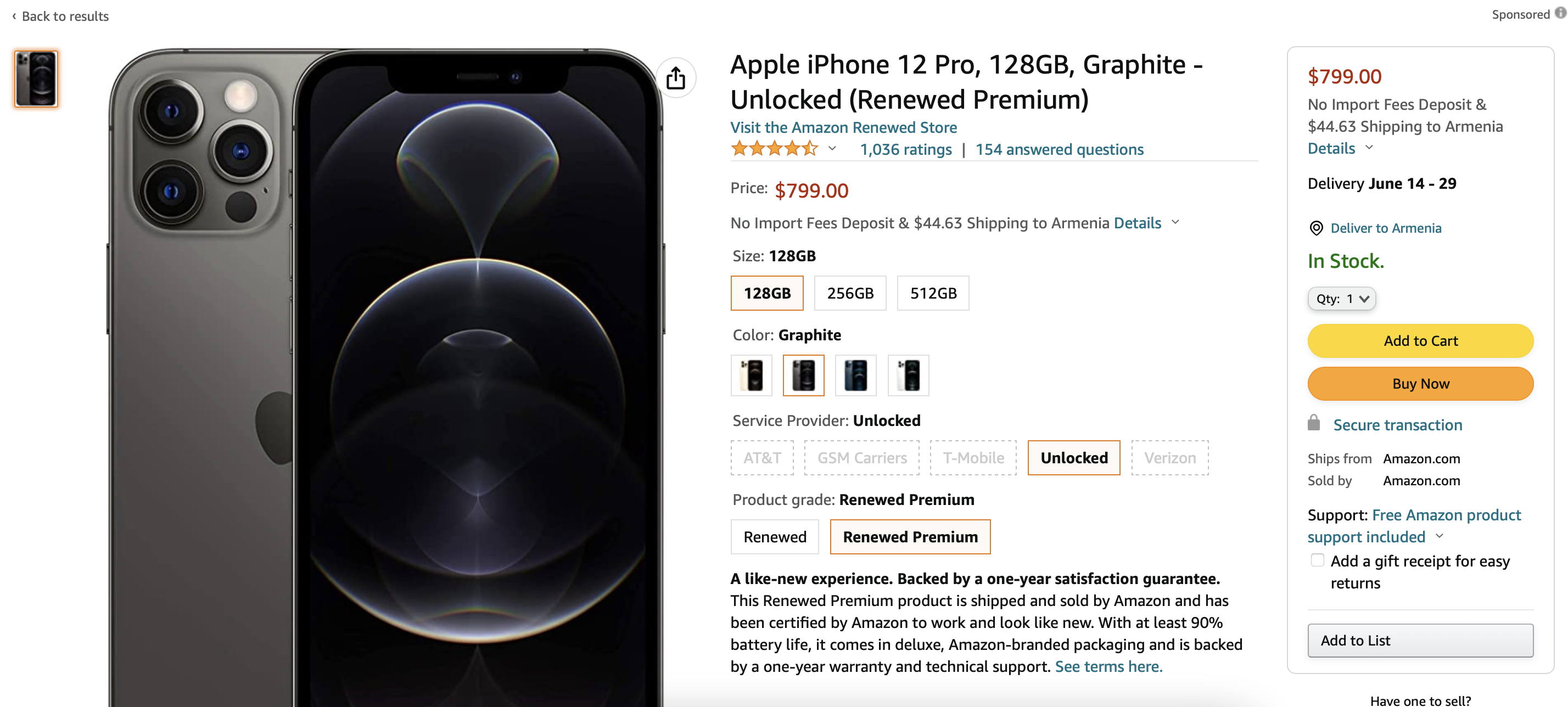To boost Amazon revenue is not an easy task! In this piece, we’re going to talk about upselling/cross-selling strategies as the two main sales marketing strategies to increase Amazon business conversions. Both of these strategies are very simple yet effective in increasing your average order value.
Upselling/cross-selling strategies will boost Amazon revenue
First, we hear the terms “cross-selling” and “upselling” all the time. Both are essential for business. Let’s take a look at these two concepts and their importance in your online business.!
What is cross-selling?
Cross-selling means sale of additional goods or services to the buyer, which consists in persuading the client about the value these goods will bring with the goods that they have already purchased.
What is upselling?
Upselling is a sales method that companies use to convince customers to buy more expensive items than what the customer originally wanted.
Why you need to cross-sell and up-sell?
Every business that wants to grow over time needs to use cross-selling and up-selling techniques.
According to McKinsey, upsells and cross-sells and other marketing tactics recommended for products and services are responsible for 20% and 30% increase in sales.
Here are the main reasons for adopting these practices:
- First, increase profit
- Second, boost customer loyalty to your brand
- Third, increase your ROI
- Fourth, provide customer convenience
The best example of a company that uses upselling, for example, in the most authentic and accurate way is Amazon.
Meanwhile, statistics show that Amazon earns half of its revenue directly using an upsell strategy. More specifically, Amazon gives 35% of its revenue to upsells and cross-sells.
What is the difference between cross-selling and up-selling?
Upselling and cross-selling are often being confused. At first glance, these strategies seem very similar! However, the main differences between cross-selling and up-selling are as follows:
CROSS-SELLING | UPSELLING |
Offering an additional product/service directly related to the product/service that the customer originally wanted. | Offering a more expensive product/service instead of what the customer originally wanted. |
| Initially, the customer is not going to buy these additional goods/services. But the customer buys them after a reasonable offer from the company. | The customer already wants to buy the product/service. The seller only appeals to the buyer’s intention to get the best offer for this product / service. |
Cross-selling and upselling examples to boost Amazon business conversions
In the meantime, here are some examples to help you better understand cross-sells and up-sells. These examples will resonate with everyone:
SCENARIO | CROSS-SELLING | UPSELLING |
The customer adds a new phone to their cart on Amazon. | The website offers to buy a protective film for the screen, a case or headphones. | The website offers a phone with an improved battery, camera or extra. functions. |
| A customer orders crispy fried chicken wings at a fast food restaurant. | The seller offers to buy two different sauces in addition to chicken wings. | The seller offers to buy a basket, which will contain not only chicken wings, but also strips, nuggets and three different types of sauces. |
Meanwhile, here is a visual example from Amazon of the first scenario we described:
- The buyer decided to buy a phone:

- And Amazon gives him additional goods to the phone he took (film on the phone, case and charger):

Why upselling/cross-selling strategies are so important to boost Amazon revenue?
This is why cross-selling and upselling techniques are crucial for e-commerce businesses:
To keep customers
In the meantime, research shows that retaining customers is much cheaper than acquiring new ones.
Upsells introduce customers to different options based on the customer’s buying patterns.
Cross selling aims to offer customers complementary products that can help customers better meet their needs.
If customers’ requirements are met through cross-selling and up-selling, they will return to your store for all their needs in the future. Also, these customers will start recommending your platform to other potential customers.
Boost average order value and lifetime value
Your income will increase if you cross-sell and up-sell through your e-commerce platform. This, in turn, increases the average order value in your store. Meanwhile, your margins continue to rise as you cut the cost of acquiring new customers.
How to effectively cross-sell and up-sell?
Cross selling and upselling require an understanding of what the customer may want to realize in their desires. You can only make a general sale if you are observant. However, for cross-sells and up-sells, you need to understand the customer even after they have decided what to buy.
Here are some tips for effective cross-selling and up-selling:
- Learn more about your audience
- Analyze all the information you have about the client.
- Use this information to determine their goals and problems.
- Track your customer journey
Summing up: Upselling/cross-selling strategies
Cross-selling and up-selling is not just about offering the right products or services. Also, often it is also about doing it at the right time.
Simply offering products and services to existing customers is not enough to cross-sell and up-sell. You must identify the collective problems of your customers and carefully examine your inventory.
Be the one who offers solutions, not just products/services.
Finally, if you can link solutions to related products and services, you will become a master of cross-selling and up-selling.
0


